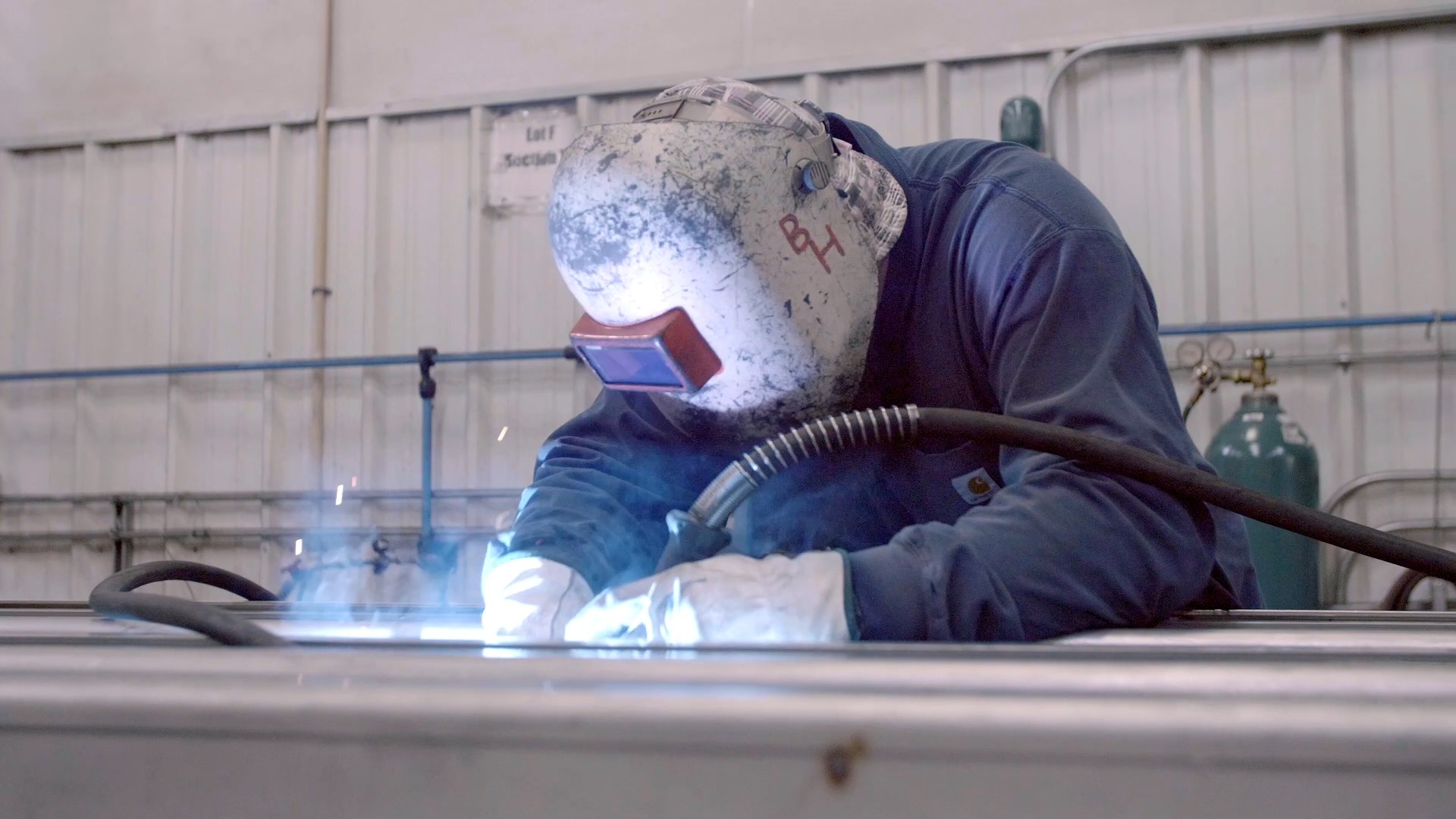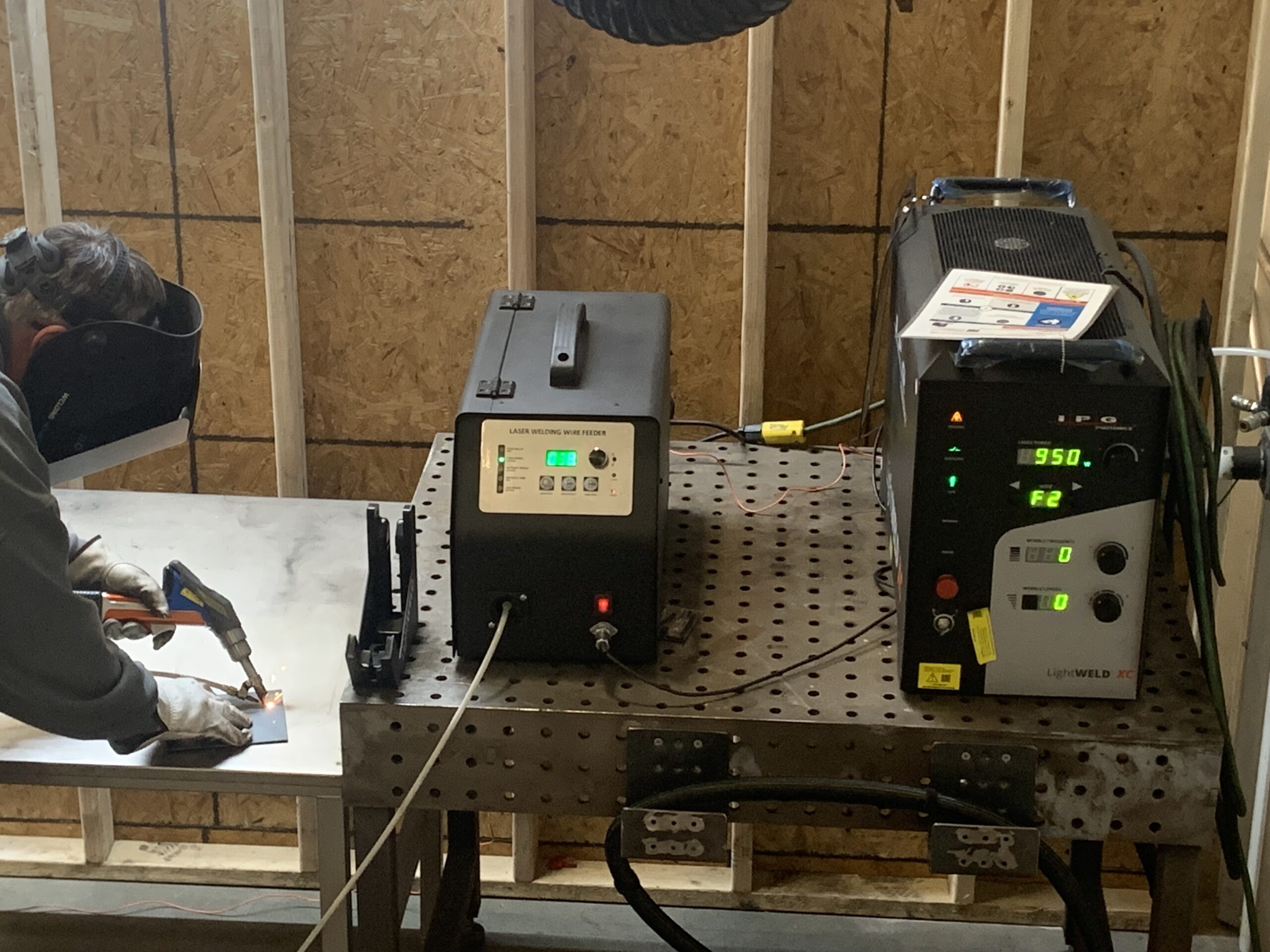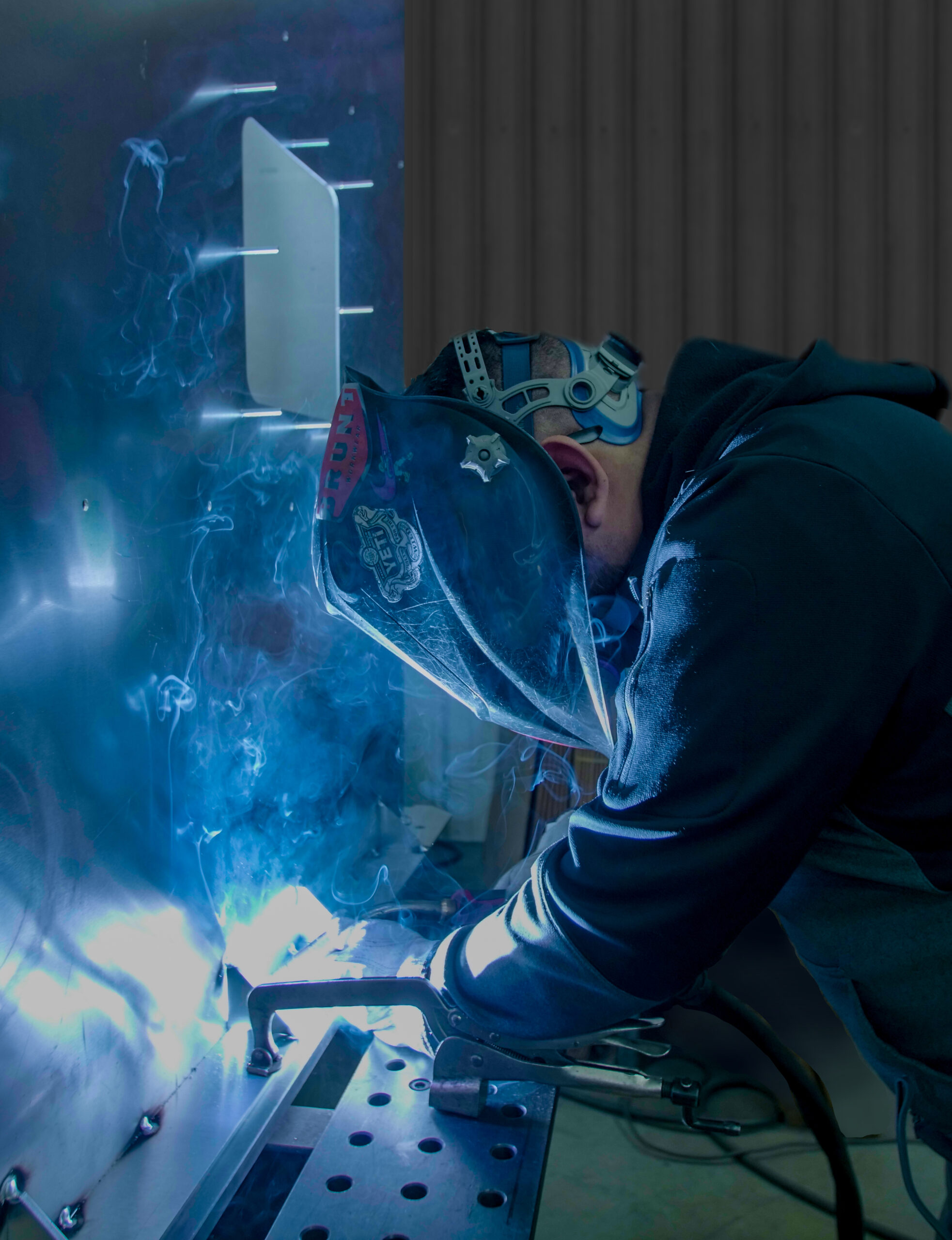

Welding plays a crucial role in manufacturing from prototyping to mass production.
The process joins different metal components together, ensuring the structural integrity and durability of the final product.
With such an important role in manufacturing, welding processes need to be precise, efficient, and safe.
Welding has proven to be a highly reliable joining method due to its ability to create a solid and long-lasting bond between materials. By melting the materials together, welding forms a cohesive bond that often exceeds the strength of the individual materials themselves.
In addition, welding is widely used method across many industries, including construction, automotive, aerospace, and manufacturing.
Mid-Plains Industries is team of experienced welders have honed their skills to not only understand how to perform all types of welding effectively, but also to recognize the best applications for its use.
Our reputation as leaders in the field speaks to the quality and expertise we bring to every project.
Mid-Plains, Industries is outfitted with the latest welding equipment including;
MIG, TIG, ARC and Spot Welding


Mid-Plains is please to include their New Automated TIG Welder in welding arsenal!
Automated TIG welding offers advantages like enhanced weld quality, repeatability, increased production output and reduced scrap.
Here’s a more detailed look at the benefits of the Mid-Plains Automated TIG Welder:

MPI Main Line: (402) 563-6040
Sales & Service: (402) 563-6054
Order Status: (402) 563-6056
MPI Fax: (402) 563-8929

MPI Main Line: (402) 563-6040
Sales & Service: (402) 563-6054
Order Status: (402) 563-6056
MPI Fax: (402) 563-8929